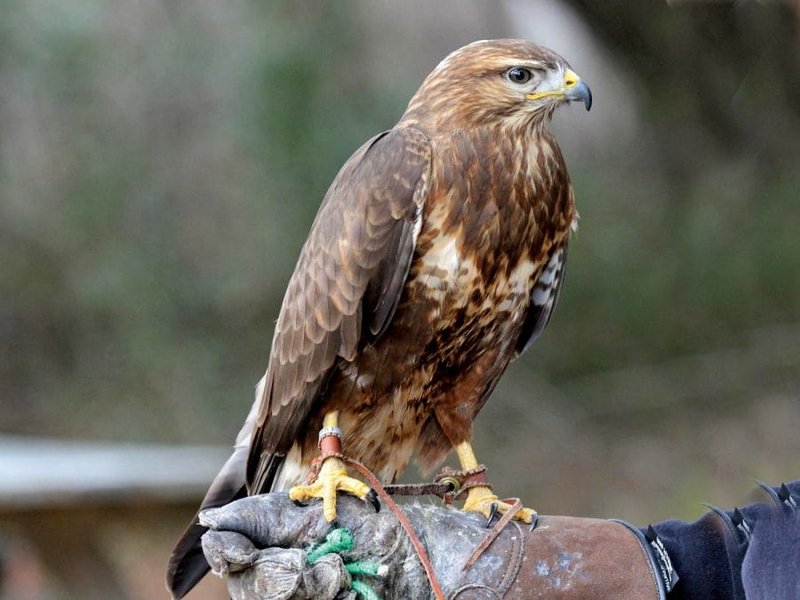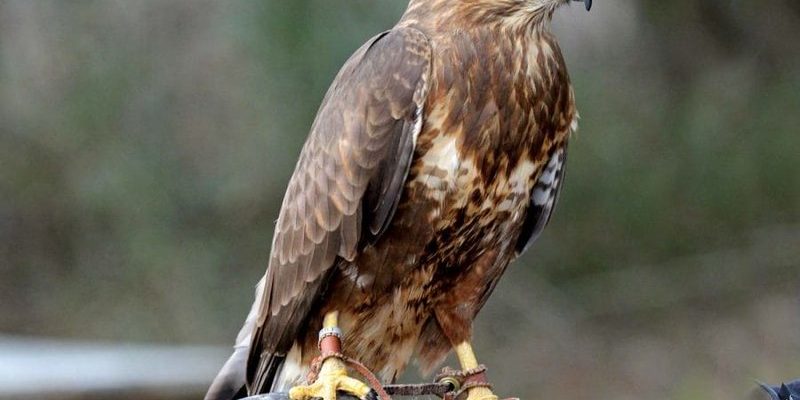
Finding hawks in the wild is like a treasure hunt; you never know when you might catch a glimpse of one gliding effortlessly overhead or perched on a fence post. Whether you’re an aspiring birdwatcher, a nature lover, or just curious about wildlife, knowing their global habitats and ranges can help you seek them out. Let’s dive into the diverse locations where you might encounter these raptors and learn a bit more about their behaviors along the way.
The Basics of Hawk Habitats
Hawks are adaptable birds that can thrive in various environments. From dense forests to open grasslands, their habitats are incredibly diverse. Generally, you can find them in regions where they have access to food, such as small mammals or birds. Here’s a closer look at some common habitats where hawks make their homes:
- Forests: Many hawks prefer wooded areas where they can roost and nest in tall trees. These environments provide cover from predators and hunting opportunities.
- Grasslands: Open fields are favorites for species like the Red-tailed Hawk. Here, they can easily spot movement on the ground and use their excellent vision to hunt.
- Wetlands: Areas near bodies of water, like lakes and rivers, attract hawks looking for fish and small animals.
- Urban Areas: Believe it or not, some hawks have adapted to city life, perching on buildings and hunting in parks.
Each type of habitat offers unique opportunities for spotting hawks, and knowing where to look can set you up for a successful birdwatching experience. Just imagine standing quietly in a forest or a field, listening for the familiar cry of a hawk above — it truly brings you closer to nature.
North America: A Hawk Haven
In North America, the diversity of hawk species is astounding. From the soaring Bald Eagle to the agile Cooper’s Hawk, this continent is a prime location for hawk spotting. These birds can be found across urban, suburban, and rural landscapes.
During migration seasons, especially in fall, many hawks gather in large numbers. Places like Hawk Mountain in Pennsylvania are known hotspots for observing this phenomenon. You might ask yourself, why do they flock? Well, it’s a strategy for safety and energy conservation during long flights. You can often see them gliding together in a thermal, which is a rising column of warm air.
Moreover, certain locations along the eastern seaboard serve as prime migration paths. Places like Cape May, New Jersey, draw birdwatchers eager to witness the spectacle. So, if you’re in North America, keep your binoculars handy during migration; you might just be in the right place at the right time.
Europe: From Cliffs to Countryside
Crossing the Atlantic, Europe boasts a variety of hawk species as well. Here, you can find Common Buzzards soaring over rural areas and visiting scenic cliffs. The vastness of open fields and dramatic landscapes provides ample opportunities for these magnificent birds to hunt.
In the UK, for instance, the Red Kite is a common sight, especially in regions like Wales. They are known for their playful aerial displays, which can make for an unforgettable sight. The best times to spot them? Early mornings or late afternoons when they’re actively hunting.
You might also wander into the forests of Scandinavia, where you can spot Western Marsh-Harriers. These hawks often hunt in wetlands and fields, making them a unique addition to Europe’s hawk population.
Asia and the Middle East: Diverse Ecosystems
Asia presents a whole new world of hawk spotting. The Steppe Eagle, for example, migrates thousands of miles every year, traveling from its breeding grounds in Central Asia to warmer regions. These migrations can take you through vast steppe ecosystems, which are crucial for various wildlife.
In the Middle East, areas like the Negev Desert frame a unique habitat for hawks. Here, you might find the Hen Harrier hunting low over the ground. The stark contrasts of the desert landscape make hawks stand out, especially when they’re soaring against a clear blue sky.
Many hawks in these regions have adapted to their environments, which makes spotting them feel like watching a live nature documentary.
African Ranges: A Birdwatcher’s Paradise
Africa is home to an impressive array of hawk species, with locations varied from savannas to dense forests. The African Harrier-Hawk is a standout, known for its unique ability to catch prey in trees. This adaptability allows them to forage in diverse settings, making them easier to spot if you know where to look.
The Savanna Hawk is another great example, often seen hunting in open grasslands. They blend perfectly with the landscape, so keep your eyes peeled for movement as they sit patiently.
If you’re exploring Madagascar, you might come across the elusive Madagascar Harrier-Hawk. These birds are primarily found in wetland habitats, showcasing the incredible diversity of hawks across different ecosystems.
Australia and New Zealand: Unique Species
In Australia, hawks like the majestic Wedge-tailed Eagle dominate the skies. These massive birds can be seen soaring high, often riding thermals for hours. Their habitat ranges from woodlands to open plains, where they can hunt kangaroos and other small mammals.
New Zealand presents another unique opportunity with species like the Swamp Harrier. This bird is often spotted gliding over wetlands, where it hunts for fish and small birds. The beauty of New Zealand’s landscapes only adds to the thrill of spotting these incredible birds.
You might wonder, though, why these hawks have evolved so differently. Well, it’s all about adapting to their environment. In isolated ecosystems like Australia and New Zealand, these birds have developed unique hunting techniques and behaviors, which makes them truly special.
Tips for Spotting Hawks in the Wild
If you’re eager to see hawks in their natural habitats, here are some tips to maximize your chances:
- Time of Day: Early morning and late afternoon are the best times to spot hawks, as they’re most active during these hours.
- Look Up: Hawks are often soaring high or perched in trees. Scanning the skyline can help you catch sight of them.
- Bring Binoculars: Having a good pair of binoculars enhances your hawkwatching experience, allowing you to see them up close.
- Know Their Calls: Familiarizing yourself with hawk calls can cue you into their presence before you even see them.
Remember, patience is key. The more time you spend outdoors, the more likely you are to spot these incredible birds.
Turning Hawk Watching into a Passion
Once you’ve seen a hawk in the wild, it’s hard not to fall in love with the experience. The thrill of catching sight of one of these magnificent birds can spark a lifelong interest in birdwatching or wildlife conservation.
Consider visiting local parks, nature reserves, or joining birdwatching groups. These communities can help you connect with fellow nature enthusiasts and learn more about the birds in your area.
Honestly, each hawk sighting is a reminder of the beauty of nature and our connection to the environment. So, equip yourself with knowledge, your binoculars, and a sense of adventure, and head out to explore the world of hawks!
In summary, hawks inhabit a variety of global landscapes, from North American forests to the dry landscapes of Africa. Understanding their habitats and behaviors will not only increase your chances of spotting them but also deepen your appreciation for these remarkable birds. Whether you’re wandering through a park or hiking in the wilderness, the next time you look up, you might just catch a glimpse of a hawk soaring above you, showcasing nature’s breathtaking beauty.

